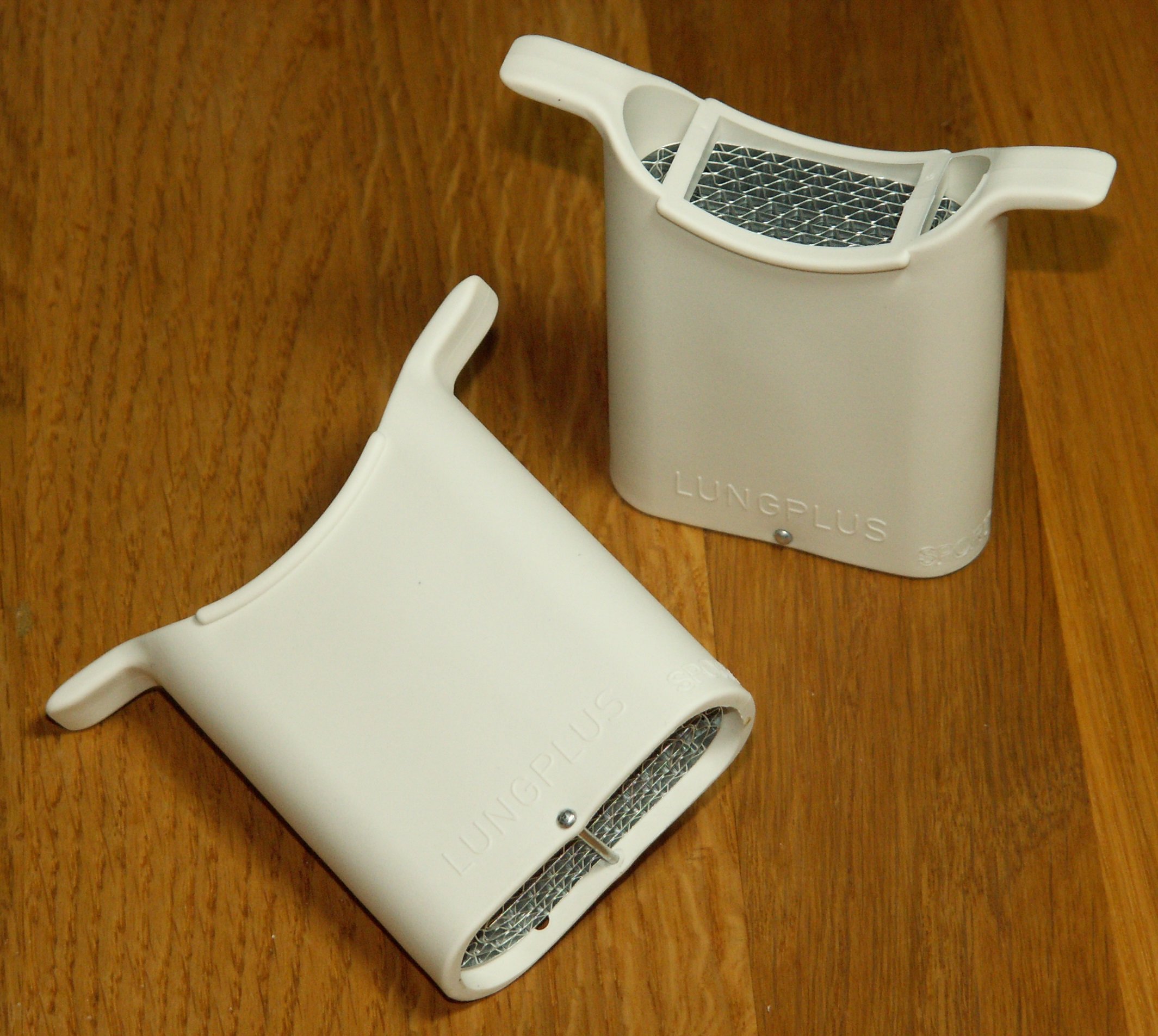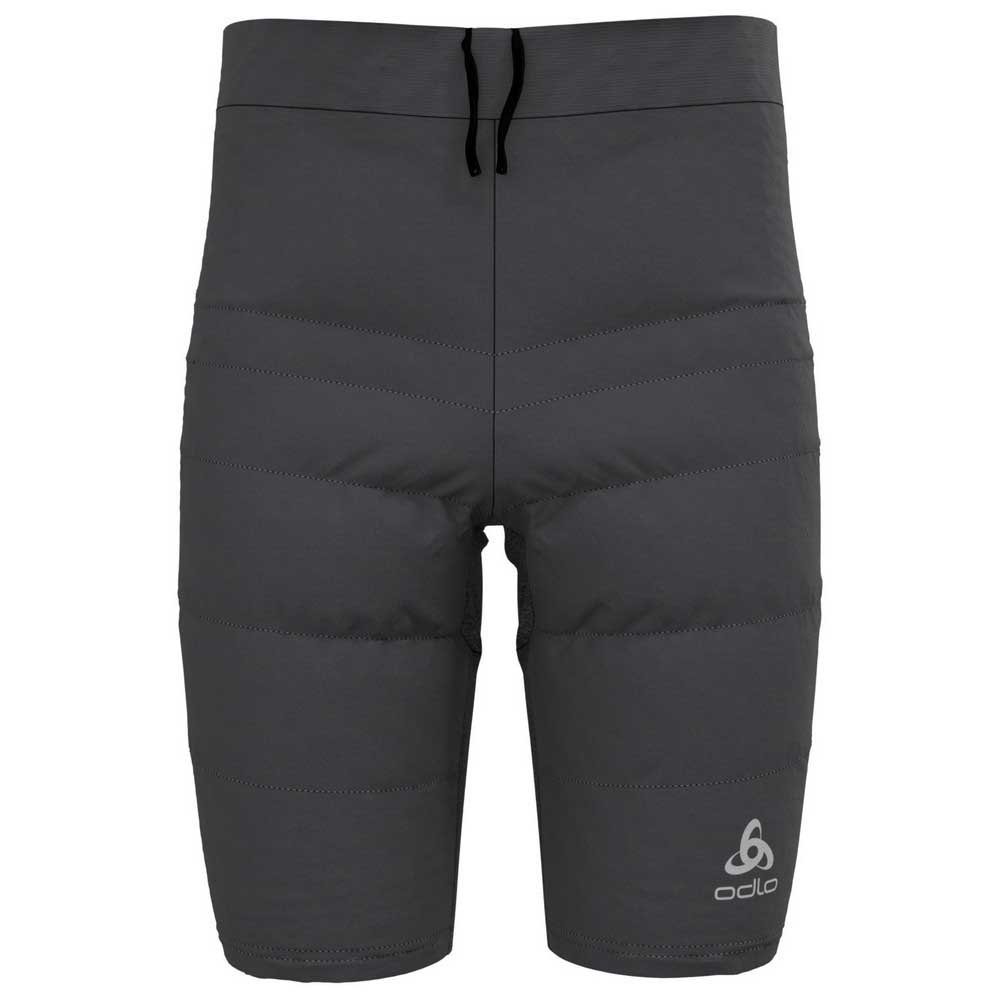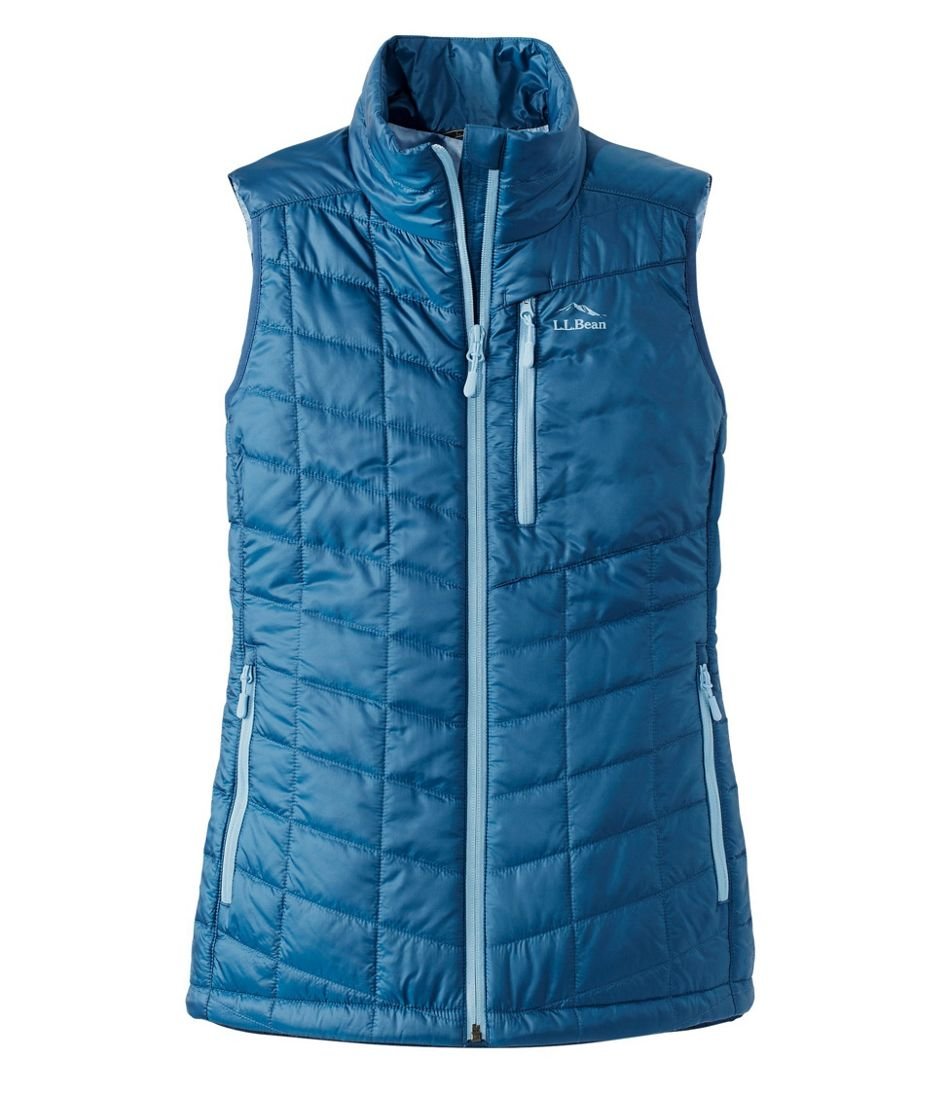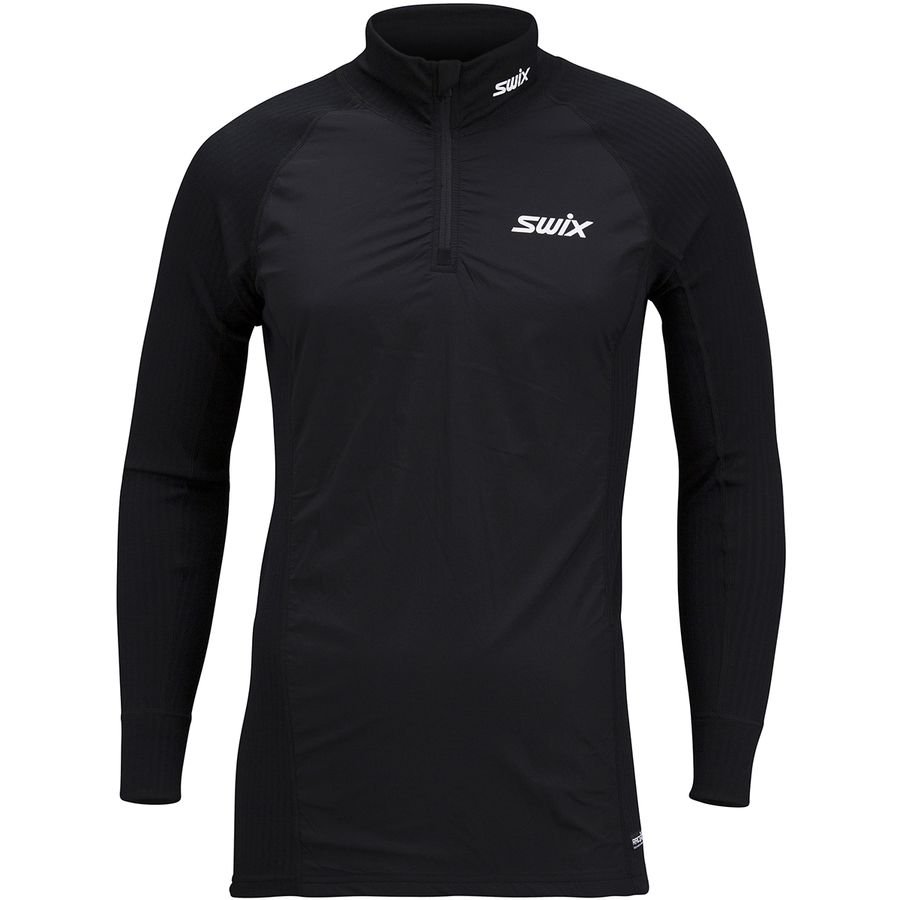Training and Racing in the Cold 🥶
No such thing as bad weather — only bad clothes.
As I am writing this blog, the current air temperature in Minneapolis is -12°F (-24°C). When wind chill is taken into account, it is even colder. Conditions like these can make you wonder, is it even smart to go outside for a ski? What clothes do I wear when it’s this cold? How can I protect my lungs from damage? What skis should I use?
I hope to address all of these questions (and more) in today’s blog post. Over the course of my career, I have gained lots of experience training and racing in some VERY cold conditions. Equipped with the right equipment, knowledge, and attitude, even the coldest days can become manageable.
Let’s get started!
COLD: Must-Have Gear
The first part of this blog is focused on the equipment that I find incredibly useful — in some cases, required, even — for battling the cold weather.
Item 1: Cold air filter
Above: (LEFT, grey) - AirTrim Mask, $70 (RIGHT, white) - LungPlus, $50
Both of these products perform essentially the same function: they warm up/humidify the cold air that you breathe. In scenarios where the temps are below 0°F, I always wear a cold mask. I actually own both of these products and I wouldn’t say one of them is necessarily better than the other; there are pros and cons with each of them.
AirTrim:
The AirTrim mask is nice because it physically covers the lower half of your face, providing really solid protection from the wind/cold air.
It is possible to talk while wearing the AirTrim because it rests on the outside of your face. The LungPlus has to actually be in your mouth while you wear it, meaning it must be removed for you to talk.
The AirTrim comes with several different filter sizes that warm up the air more or less, depending on whether you are skiing slowly (need less air and more warm) or racing (need more air to pass through the filter, but less warm).
LungPlus:
The LungPlus is a much smaller device that is super easy to pack in a bag or just put in your pocket.
LungPlus is a lot more durable, as it is made of plastic and metal rather than the foam of the AirTrim. You can just rinse the LungPlus with hot water from your sink to clean it, whereas the AirTrim can be more tricky to clean.
Perhaps the biggest advantage, the LungPlus can be worn without fogging up your sunglasses. I find the AirTrim mask to be really difficult to wear sunglasses with because exhaling humid air out of the filter causes sunglasses to fog up immediately. This does not happen with the LungPlus.
Overall, I personally prefer the LungPlus device, though they are both great solutions. I own both of them and use them interchangeably depending on the day.
Item 2: Puffy shorts and Puffy vest
Above: (LEFT, black) - ODLO Puffy Shorts, $90 (RIGHT, blue) - LL Bean Puffy Vest, $100
When it gets REALLY cold, anything that is “puffy” is your friend. In general, look for products that are PrimaLoft, as you can expect a certain level of quality from anything with this label.
Puffy vests are great because they keep your core temperature warm and block wind on your chest and stomach area. I have tons of non-puffy vests and they just simply don’t keep me warm like my puffy vest. That being said, try to go for a thin vest rather than one of those super bulky and poofy ones. Those will actually just make you sweaty. Again, just stick to PrimaLoft.
Puffy shorts have been an absolute revelation in my life and I can’t go without them anymore when it’s cold. As a guy, my wiener is incredibly prone to getting cold. It is right on the front of my body where the wind just relentlessly blows away at it. Your thighs are another super exposed part of your body. Protect them both with some nice, PrimaLoft puffy shorts. These are awesome because you can easily wear them over a race suit to stay warm in a race or during intervals when it’s cold.
Disclaimer that these are kind of hard to find, but you should be able to find them online with a bit of searching. ODLO isn’t the only brand that makes them, either.
Wearing my ODLO puffy shorts on a cold day in Val di Fiemme, Italy.
Item 3: Boot covers
Above: lill-Sport Thermo Boot Covers, $75
This one is pretty simple. If it is super cold, you should be wearing boot covers. Think of them as a jacket for your feet. The one I have listed here is one that I wear when the conditions are truly arctic. They are really thick and windproof with a nice wool interior. These really are life changing if you have never tried them before. You just have to order the correct size for your boots and then they will work with any brand of boots or modern binding system. An absolute must-have!
Item 4: Swix RaceX Wind Proof Baselayers
Above: (LEFT) - Swix 1/2 Zip Wind Top, $75 (RIGHT) - Swix Wind Pant, $60
When it is really cold, it is often really windy too. Ever heard of the term “wind chill?” It is not uncommon in Minnesota to see something like, Temp: 5°F (Feels Like: -20°F). A reasonable air temperature doesn’t really mean anything if some cold-ass wind makes it FEEL unreasonably cold.
Meet your two new best friends: wind proof top and wind proof bottom. These put any other traditional base layers to shame. They have a special material on their fronts that blocks the wind. It really is that simple!
I use these under my jacket and pants on really cold days, but where these base layers really shine is under a race suit. If you are racing in some heinously cold and windy conditions, these base layers will keep you warm where no others would. Trust me, these are so important!
COLD: Health Considerations
Hopefully some of the items I mentioned above will help you dress more appropriately for your next frigid ski adventure. I have truly had some of my most enjoyable skis ever during on some insanely cold days. As long as you dress correctly, you can safely enjoy most weather conditions
HOWEVER, there are still some health concerns that must be taken into account when the weather is especially cold. These concerns are primarily centered around going hard (races, intervals, etc) in the cold, where your demand for oxygen is high and you are breathing hard.
The Fédération internationale de ski (FIS, for short) is to cross-country skiing what the NFL is to football; FIFA to soccer, etc. At any World Cup or FIS sanctioned event, the legal temperature limit for holding a race in the cold is -4°F (-20°C). This rule comes out of an abundance of caution for protecting athlete’s lungs from lasting damage brought about from heavy breathing in cold, dry air.
Even with this rule, some athletes are even more careful, choosing to sit out of a race any time it is below, say, 0°F. During a World Cup race in Finland in November of 2021, none of the male Norwegian athletes chose to start in the 15K skate race even though the temperature was within the FIS legal standard. They simply determined racing was not worth the risk to their health.
My suggestion is to avoid racing or doing intervals any time the weather is much below 0°F. If you absolutely must, be sure to wear a cold-weather mask, like the AirTrim or the LungPlus. The fact of the matter is that heavy breathing in extremely cold conditions can cause damage to your lungs. As a skier, your lungs are SACRED.
You might be better off doing an indoor workout like running (or skiing) on a treadmill, or using an indoor bike trainer. Your health should always be the most important thing!
Thank you for reading my Blog — and stay warm out there!










